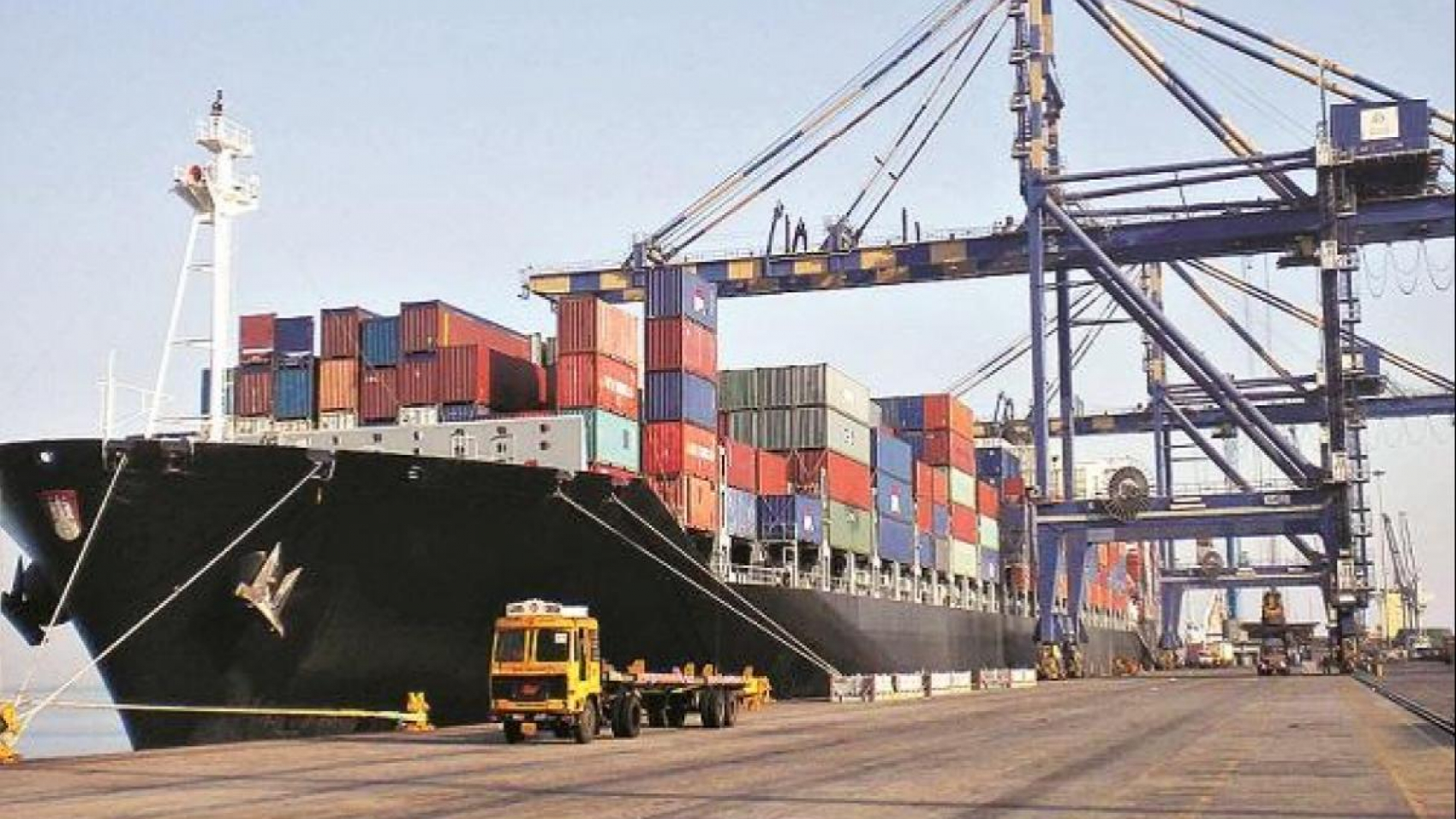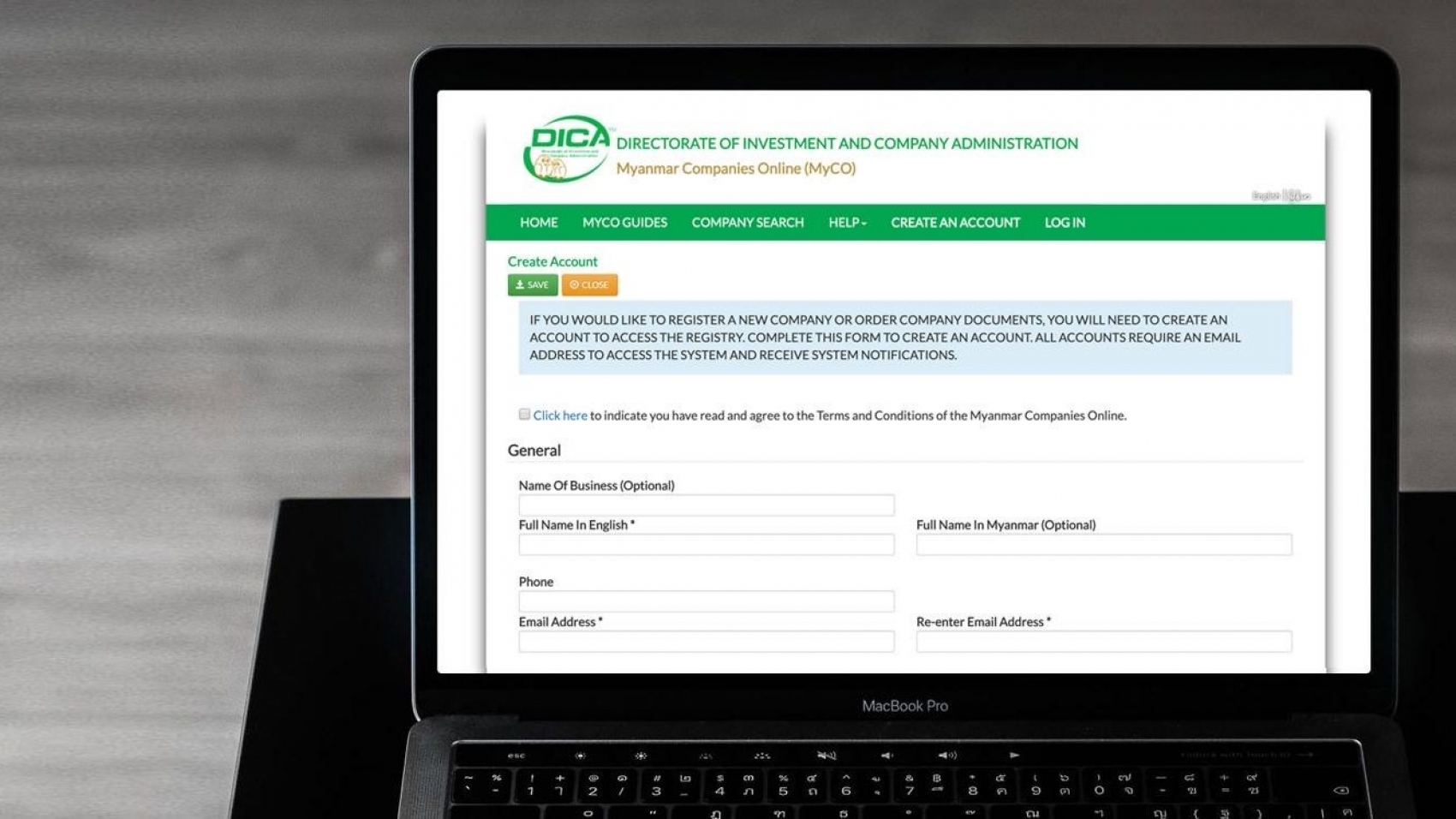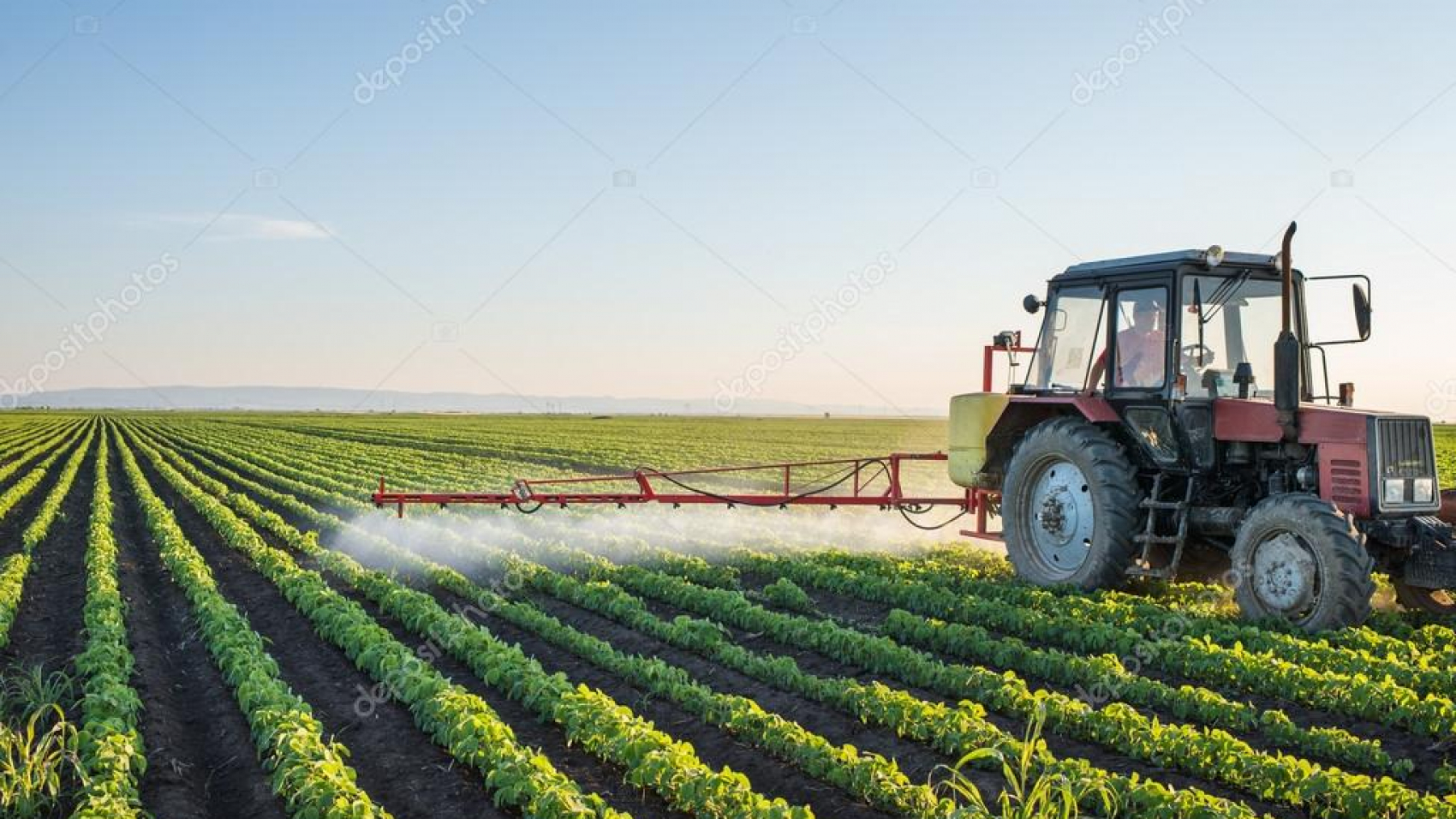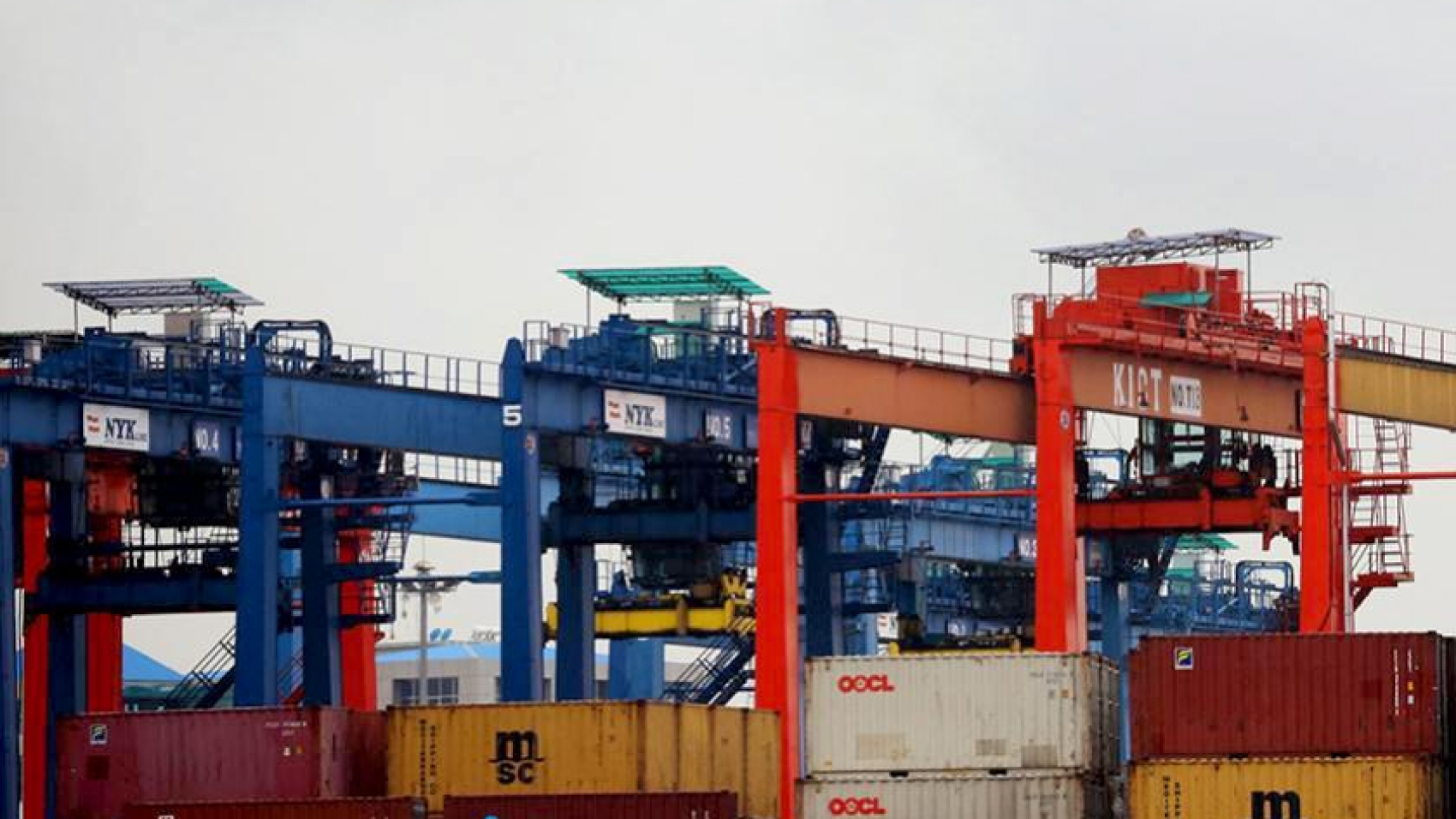According to foreign currency dealers, the central bank’s reference remittance rate is set at K2,100 per US dollar, but in the foreign exchange market, it is around K3,500 per dollar. The Central Bank of Myanmar has issued a statement to set the foreign currency exchange rate within the Central Bank reference rate ± 0.3% starting from 10 August. Therefore, those related to the dollar business, including exchange counters and banks, set the buying price of one dollar at K2100 and the selling price at K2,106.
Although, in the external market, the buying price of one dollar was around K3,400 and the selling price was around K3,500 on 3 September. In the last few days, the foreign market rose to more than K4,500 per dollar, while the domestic gold price rose to a record high of K37,000,000 per tical. Therefore, the Central Bank of Myanmar has been selling dollars to sectors that need US dollars through foreign exchange bidding to control the increase in dollar prices. In 2021, the Central Bank of Myanmar sold $443.8 million in a foreign currency competitive auction.
At the end of September last year, when the local currency market rose to a record high of over K3,000 per US dollar, the domestic gold price rose to a record high of K2,220,000 per tical. Therefore, the Central Committee on Ensuring Smooth Flow of Trade and Goods is working to ensure that there are no delays or difficulties in domestic and foreign trade activities. As the stability of the gold and currency markets is very important, it aims to support the activities of the central committee on the one hand.
Under the command of the central committee, the gold and currency market will be monitored to ensure the stability of domestic gold and currency prices. The Monitoring and Steering Committee on the Gold and Currency Market was established on 17 December 2021. The task of the committee is to speculate on the local gold market, look into transaction lists as necessary to verify and identify purchases, check whether the rules of payment issued by the Central Bank of Myanmar are followed and take action under the existing laws, rules, regulations, orders and directives. Relevant officials will identify and take effective actions over illegal holders of foreign currencies and illegal traders and market players.
Source: The Global New Light of Myanmar





